What you need to know about the current state of cloud gaming
It's not going away any time soon. In fact, many companies are doubling-down on making it mainstream.
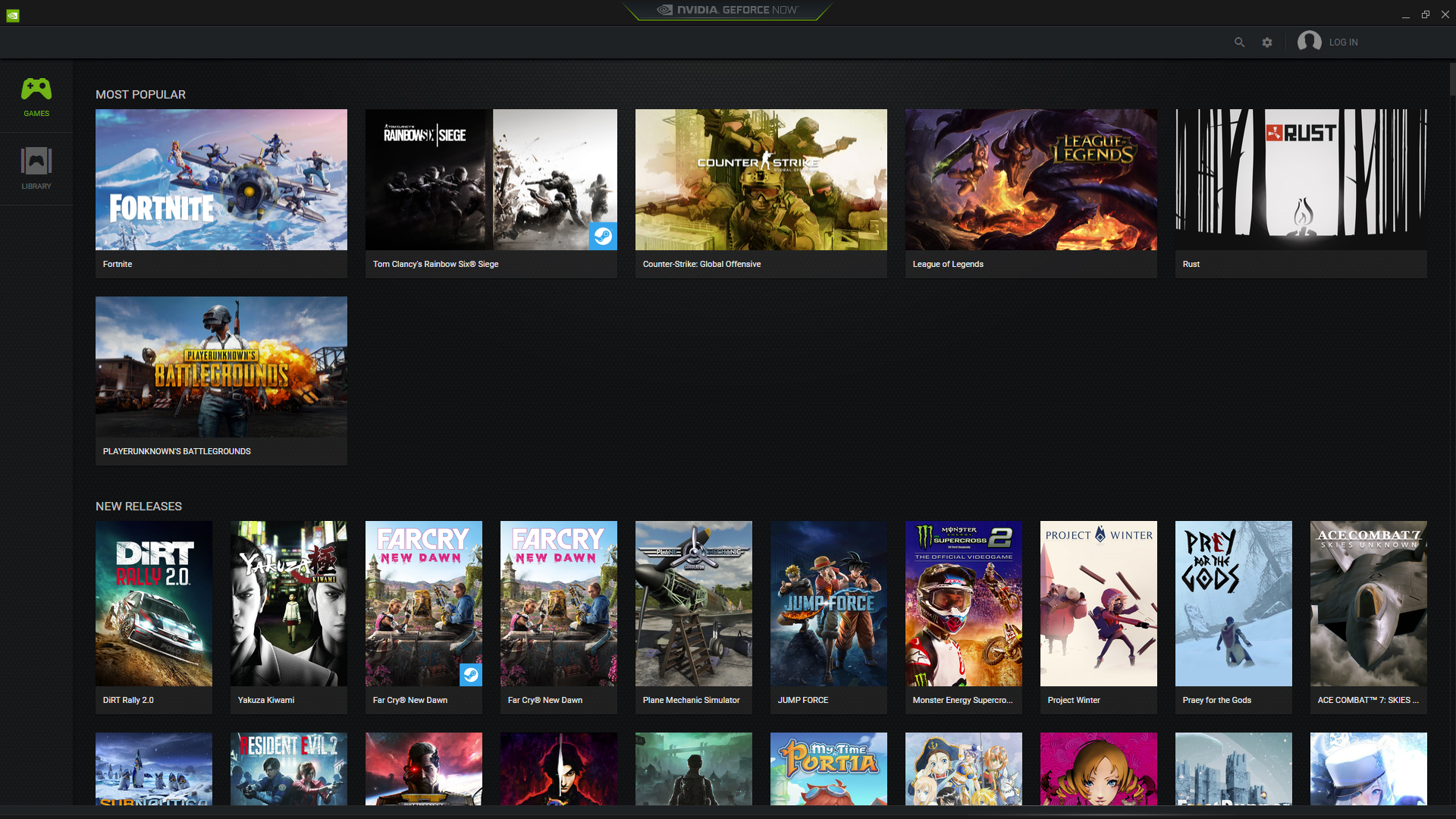
Cloud gaming, or playing a game via remote server instead of a local machine, is alive and well—and growing. Where services like G-cluster, OnLive, and GameFly Streaming didn't have staying power, larger companies like Google, Microsoft, and EA are either working on their own cloud gaming service or are rumored to be creating one. Companies like Tencent are partnering with other tech giants to build bigger and better cloud gaming services. This isn't a short-lived fad that will disappear as quickly as fidget spinners.
Cloud gaming on a Netflix-like scale seemed too ambitious of a project just a few short years ago. Unlike streaming movies or music directly to your TV or phone, cloud gaming relies on the user sending inputs back to the cloud server while receiving video and audio simultaneously. Latency, low bandwidth, and a few other things can already make that hard for someone playing on a local machine, let alone streaming it themselves.
But it seems like these companies are all-in on eliminating those issues, so playing games via the cloud can be as good as playing on a high-end rig. So, what's the current state of cloud gaming? Here's a look at what services are currently offered and what services are still in development.

Google Stadia
Google formally announced their ambitious cloud and game streaming project, called Stadia, at GDC 2019. Like some of the other streaming platforms mentioned below, Stadia works with desktops, laptops, tablets, and mobile phones, and gamers will be able to play their games via a remote server instead of their local machine.
But one main difference between Stadia and most other cloud gaming services is the developer tools Google includes with their service, one of which will allow developers to create different instances of their game in the cloud to easily provide players the ability to play co-op, regardless if they are sitting next to one another on the couch. Should develops choose to take advantage of this in the future, it could be a interesting twist on cloud gaming.
Google also boasts that, with Stadia, players will have the ability to stream in 4K at 60 fps. The company designed its own controller as well, with a button for sharing gameplay to YouTube.
Google says that Stadia will launch sometime in 2019. It has not yet said anything about how much the service will cost.
The biggest gaming news, reviews and hardware deals
Keep up to date with the most important stories and the best deals, as picked by the PC Gamer team.
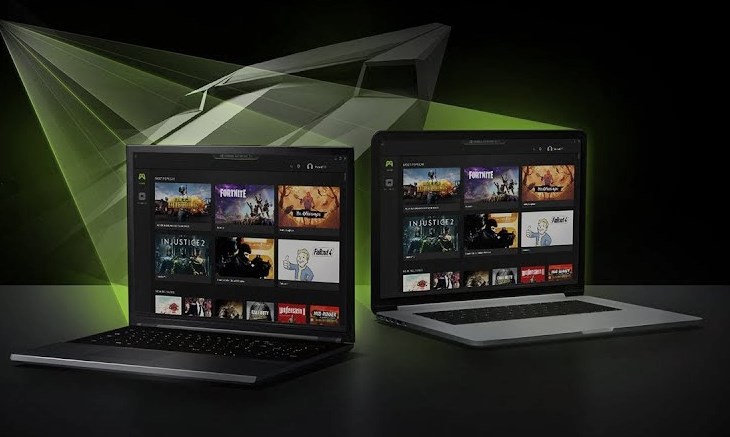
Nvidia GeForce Now
GeForce Now is one of the few cloud gaming services we have tested firsthand—and we can say confidently that for the future of cloud gaming to be successful on a large scale like Netflix and Spotify, having an excellent internet connection is a must. But, even though GeForce Now is just in beta, it already provides an equal amount of access for PC and Mac users alike. Nvidia gives a complete rundown on the hardware specifications required to use its service, so you’ll know exactly what kind of PC or Mac you need to play games on your computer through Nvidia’s servers—and the requirements are super basic.
You’ll also need to own the games you want to play through the service, as there is no option to purchase games directly. It remains to been seen if/how Nvidia will monetize its service, what subscription levels will be available, etc. Looking at the other cloud gaming services available can give us somewhat of a good idea, but of course no two services will be exactly alike. At one point in 2018, there was talk of pricing it per hour of use, with $25 getting 20 hours of play time. Considering the cloud GPUs are basically GTX 1080 Ti equivalents, it's a high performance option, but we'll have to wait for it to leave beta to see what the final price ends up being.
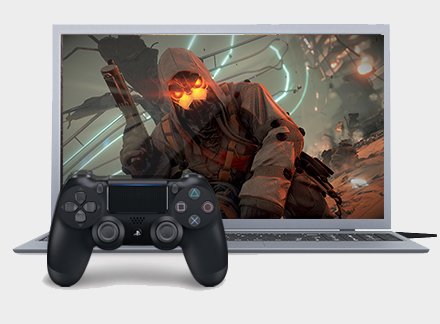
PlayStation Now
If you are a die-hard PC gamer who can’t bear the thought of getting a console, yet want to check out some PlayStation exclusives, PlayStation Now is the answer to all your problems—and it's come a long way since it was first introduced in 2016. Today, the service gives you access to over 750 PS2, PS3, and PS4 titles that you can stream right to your PC. (Some newer releases like God of War and Detroit: Become Human are not currently included in the list, unfortunately.) You’ll still need a PlayStation Network account, at least a 5Mbps internet connection, and a compatible PC.
There is a seven-day free trial for PlayStation Now, but after that it’s a steep $20 a month to keep your account active. Alternatively, there are three-month and one-year subscriptions, with the yearly subscription costing only $100, a $140 savings compared to paying monthly. Of course, if you’re someone like me and buy two PlayStation exclusives a year at most, this streaming service might not be a good investment.
No, you can’t play PS4 games on your PC with a keyboard and mouse. You’ll need a PS4 controller. And no, you can’t play PlayStation games on a Mac with this service, but one of the strongest selling points is that you don’t need to own a copy of any of the games listed on PlayStation Now. You can also cross-save your games between playing on PC and PS4, as long as you're logged into your account, of course.
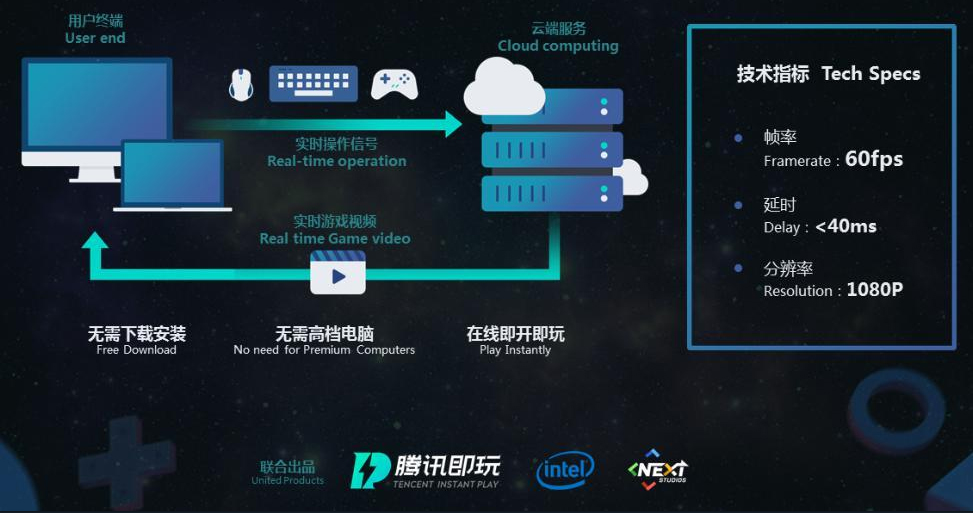
Instant Play
Not many details are known about Chinese tech giant Tencent’s recently announced streaming service, Instant Play, but we know the company has partnered with Intel to develop and eventually launch its service. Both companies are presenting a joint panel at GDC this month, where it seems likely Tencent will talk more about its Instant Play cloud gaming service.
Tencent is also known for its PUBG mobile emulator that allows anyone to play the PUBG mobile app on their computer. Instant Play will work on PC and Smartphones, so perhaps the company is expanding on that concept? Hopefully more will be revealed at GDC.
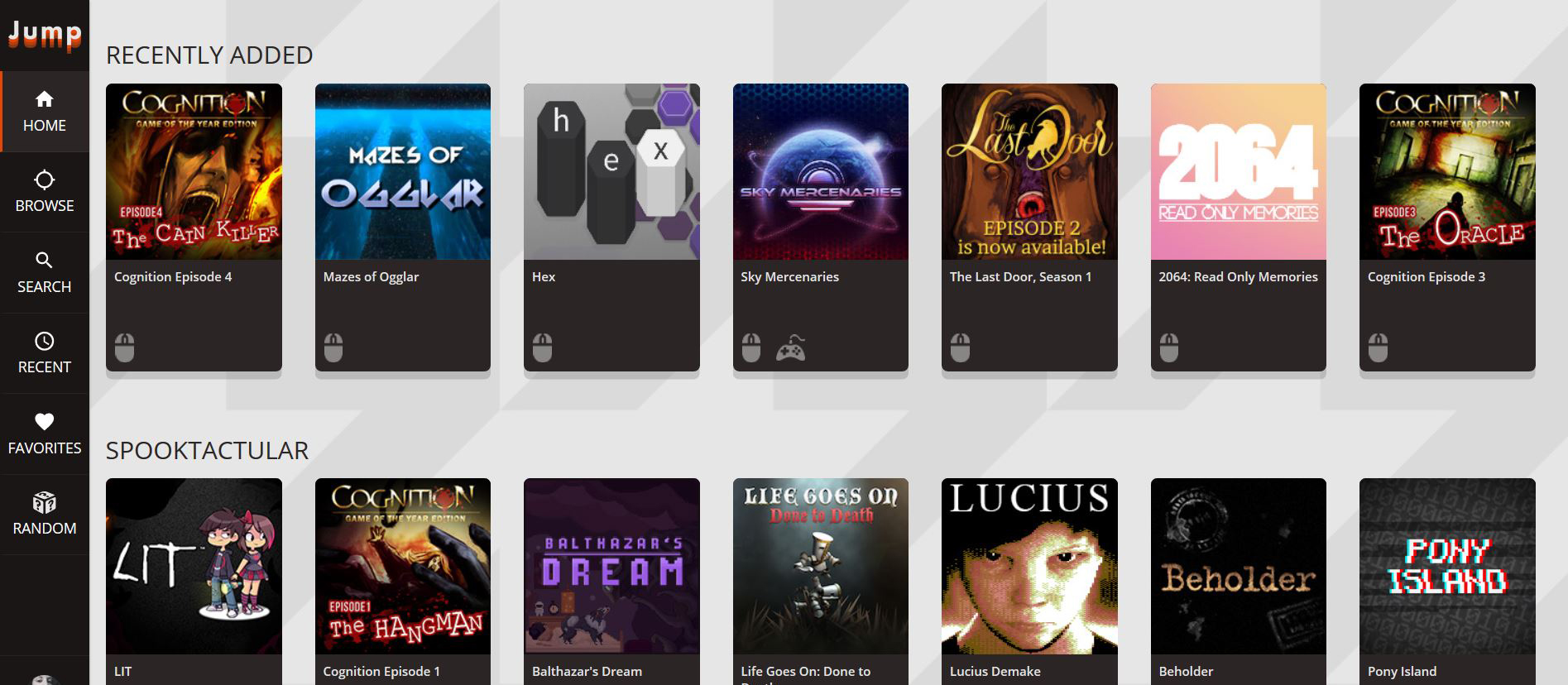
Jump
Jump is a subscription-based platform that focuses on indie games. In fact, its entire library of 100+ games are indie games, specifically curated to help indie developers get discovered. "Our goal is to surface the best game content for gamers while providing ongoing revenue for the developers who work endless caffeine-fueled months or even years to bring these great games to life," Jump says on its website.
A subscription only costs $4.99 a month, and you can cancel at any time. Unlike some streaming services, Jump offers a 14-day free trial, so you can not only see how you like the performance of the service, but you can also take the time to explore some games you might not have ever heard of before. And, unlike GeForce Now, you don't need to own a copy of the game.
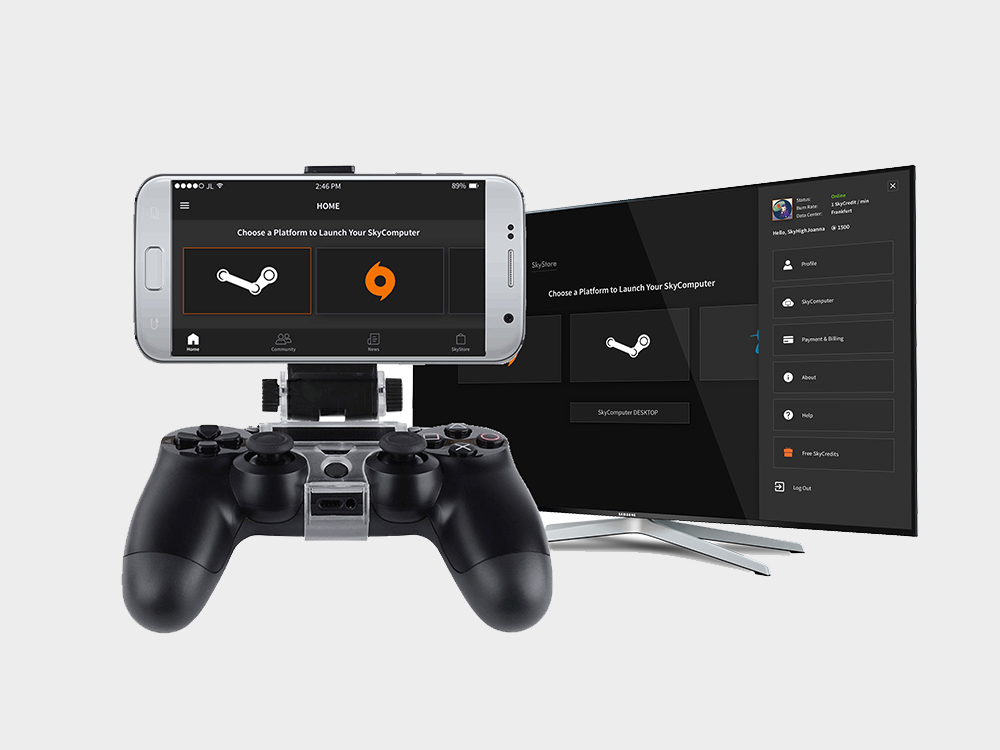
LiquidSky
At the other end of the spectrum, LiquidSky is/was/is working on its own cloud gaming service. (We're unsure as to the current status of this platform.) The company boasts on its Twitter that it’s the world’s first cloud service that allows any device to run any PC game on high graphics, regardless of hardware. This includes Android devices and Macs, but not iPhones.
Like GeForce Now, LiquidSky’s cloud gaming users not only have to own the game, but they will also have to log into their Steam/Epic/Origin/etc. account on their phone to be able to play any of the games. Users will also need a great internet connection to handle consistent 1080p 120 fps streaming video (at least 15Mbps for high-end quality), although LiquidSky claims its proprietary sub-second latency algorithm “gives games the ability to feel as if they are playing their game on their local device.”
The company ran a closed beta test for Android users back in December 2018, but has been in various stages of beta testing since 2017, including a PC subscription model that eventually went away. It’s unclear when this cloud gaming service will ever be ready to go live. LiquidSky’s homepage still suggests that something big is coming for gamers, so maybe the service isn't actually discontinued as it appears to be.
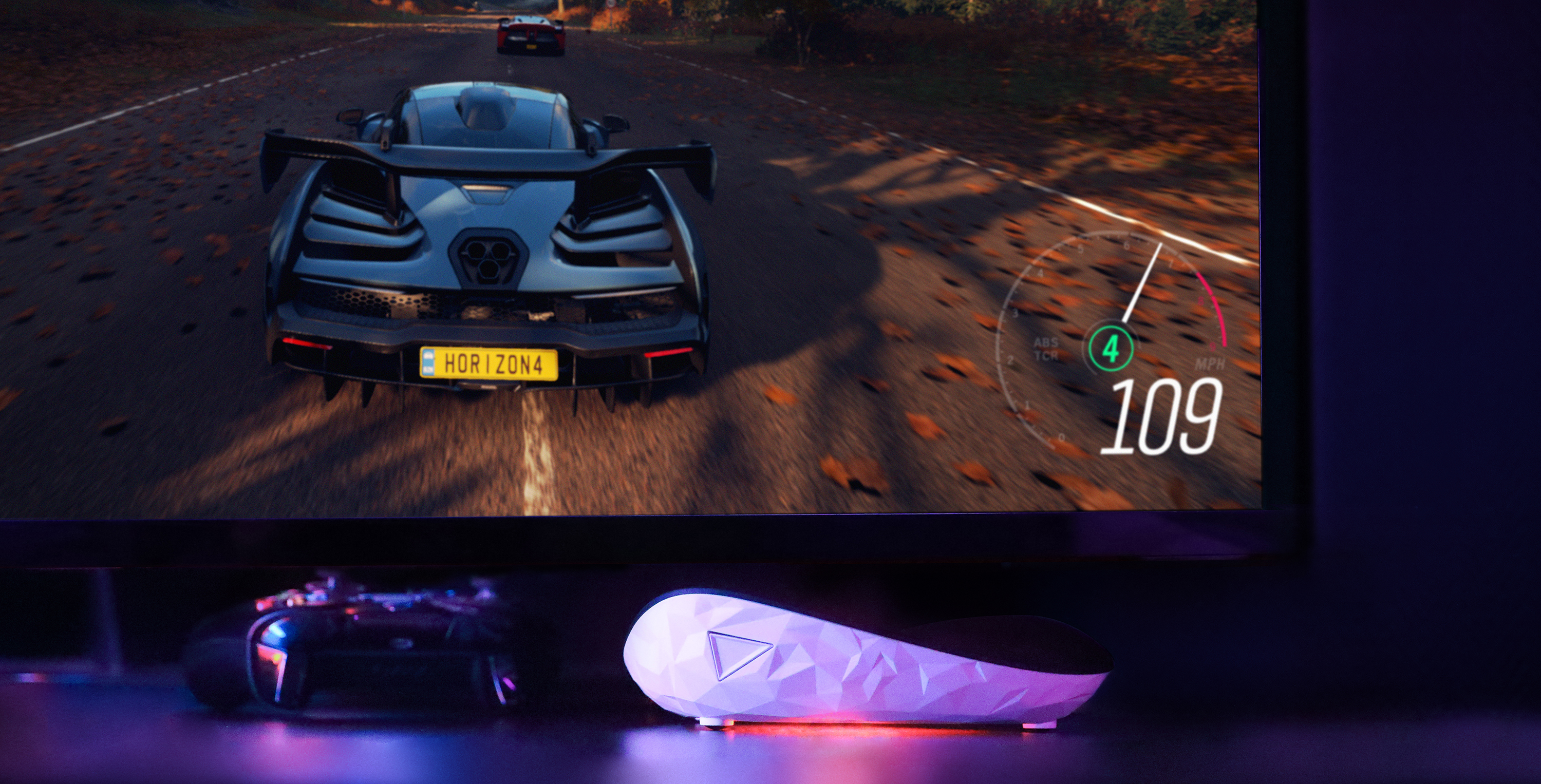
Shadow and Shadow Ghost
French start-up Blade brings us yet another cloud gaming service that can be used on almost any platform to play any game, including Macs, iPhones, Android devices and tablets—no high-end gaming rig required. Although, after briefly testing the Shadow service, I was limited to a 1024x768 resolution on my laptop, which has a 1080p display. Testing the service on my desktop allowed me to game in full 1080p, so I'm unsure as to what was causing that discrepancy.
Connecting over a 5GHz wireless connecting proved to be a little laggy, and the way you connect to the servers is akin to a remote desktop connection—you’re first greeted with a Windows 10 login screen. From there, if you want to play any games, you’ll have to download any or all of your game launchers and then download each individual game from there. The good news is that you’ll have to do this only once.
On its end, Shadow upgrades its hardware as new technology becomes available (and I’m assuming cost-effective), so users get a high-end gaming experience with minimal latency. Each user gets their “own” virtual gaming PC that includes a GTX 1080, 12GB of DDR4-2400 RAM, and 256GB of dedicated storage for your games and save files, all on a Windows 10 operating system. Shadow is fully available to the public.
After a 30-day initial trial, which costs $29.95 for the first month, users will pay $34.95 monthly with the option to cancel at any time. Again, depending on how many games you play on a monthly basis, this may or may not be worth it. There are also a limited number of server hubs in the US, so even if your internet connection is great, you may run into latency issues if you live too far from one of the hubs.
The company also offers something called Shadow Ghost, which allows you to stream games directly to your TV in full HD and even 4K UHD. The Shadow Ghost unit itself is purchased separately from the cloud gaming subscription and costs $139.95. This is not something we’ve tested at PC Gamer, so I can’t say if the Shadow Ghost lives up to its standards or not.
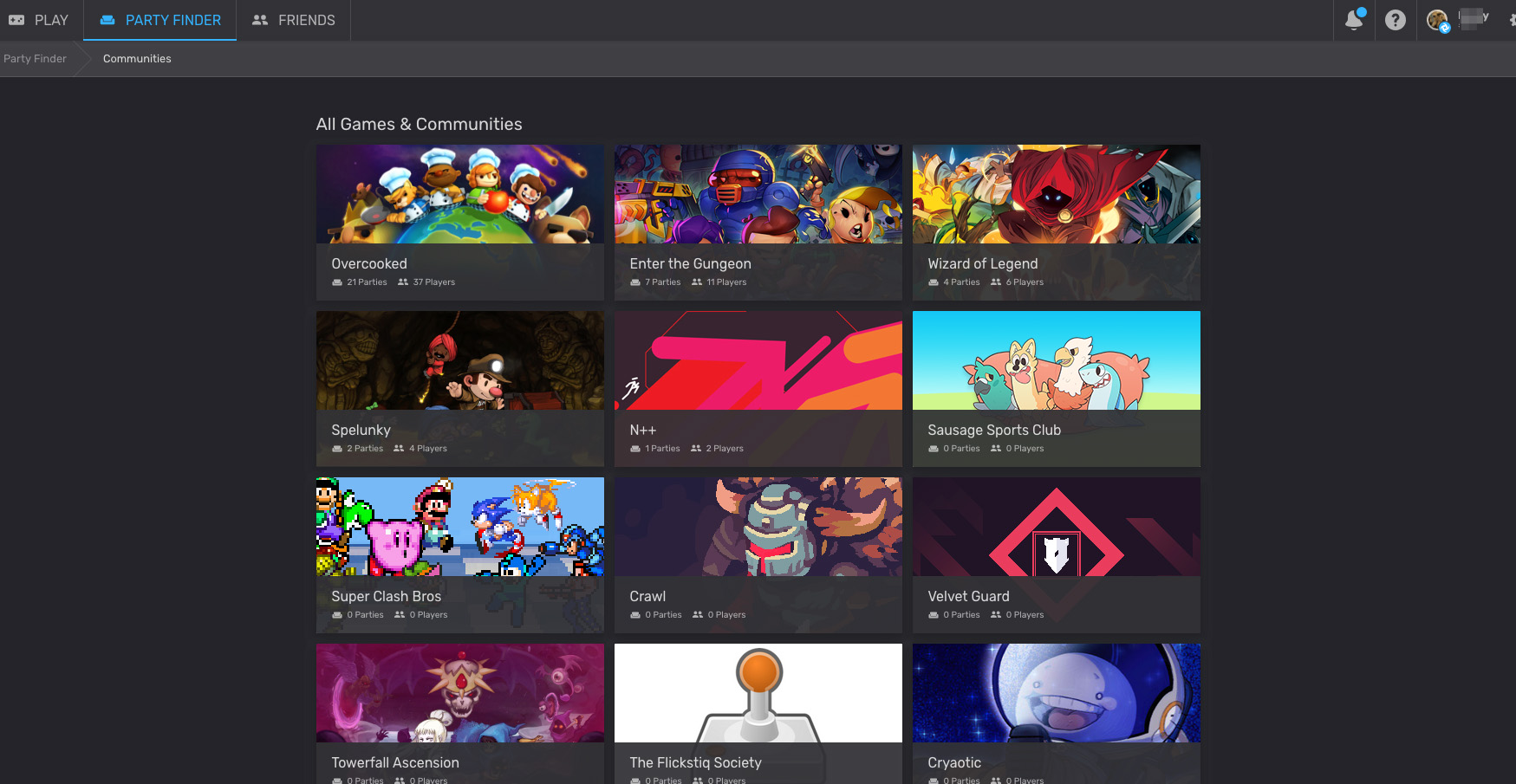
Paperspace and Parsec
Paperspace provides an array of services for machine learning and data science, fully-managed cloud desktops, terminals, servers, and cloud gaming. For cloud gaming, its pricing scheme is different than most, as its model allows consumers to create a virtual gaming rig through Parsec that they have access to remotely.
The price per hour changes based on what specs you want in your cloud gaming rig. The lowest tier, which is based on Nvidia's Maxwell architecture, offers 1664 CUDA cores and 8GB of memory for $0.51/hr. Mid-tier, which uses a Pascal architecture GPU, offers 2560 CUDA cores and 16GB of memory for $0.78/hr, and the highest tier offers 3840 CUDA cores (also Pascal architecture) and 24GB of memory for $1.10/hr. So basically the remote equivalents of GTX 970, GTX 1080, and Titan Xp.
If you were hoping to play Fornite through Paperspace, you’re out of luck. Fornite’s Easy Anti Cheat software blocks Paperspace, and I imagine that would be the case for other games that also use the same software.
As for Parsec, it’s unclear if this is the same service as Paperspace, or something completely separate (although it does look like both companies have some sort of partnership), but one of the unique things about Parsec is that it offers cloud gaming service to PC, Mac, and Linux-based systems, as well as Android and Raspberry Pi 3. Gamers can also use Parsec to play local multiplayer games online with friends located anywhere in the world.
The company claims to add only seven milliseconds of latency to your game, which is leaps and bounds better than its competitors that average 20 to 30 milliseconds of latency. We have not tested the accuracy of Parsec's claim, and we're a bit suspicious, as your location relative to its servers will inevitably affect latency.
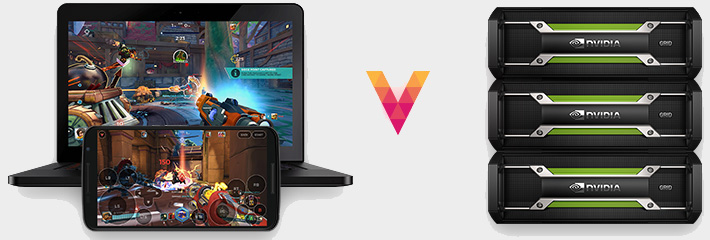
Vortex
Owned by RemoteMyApp, a Poland-based company, Vortex is compatible with Android phones, Windows platforms, Mac computers, and it's also a browser-based cloud gaming service. While Vortex does not list the minimum system requirements on its websites, a quick look at the Microsoft Store shows that users will need at least an Intel Core i5 processor, Windows 10 version 16299.0 or higher, and 1GB of video memory.
For $9.99 a month, users have access to a library of over 100 games that include both pay-to-play games and free-to-play games. The caveat is that they need to already own the game in order to play it, like many other cloud gaming services. You will also need an active, paying subscription to use the service, which is $10 per month. Users are also limited to 100 hours of playtime a month. Like Shadow, there are a limited number of server hubs in the US.
Vortex also recently announced that it now supports EA's Origin platform, so for those of you who don't have a rig capable of playing play Apex Legends, now is your chance.
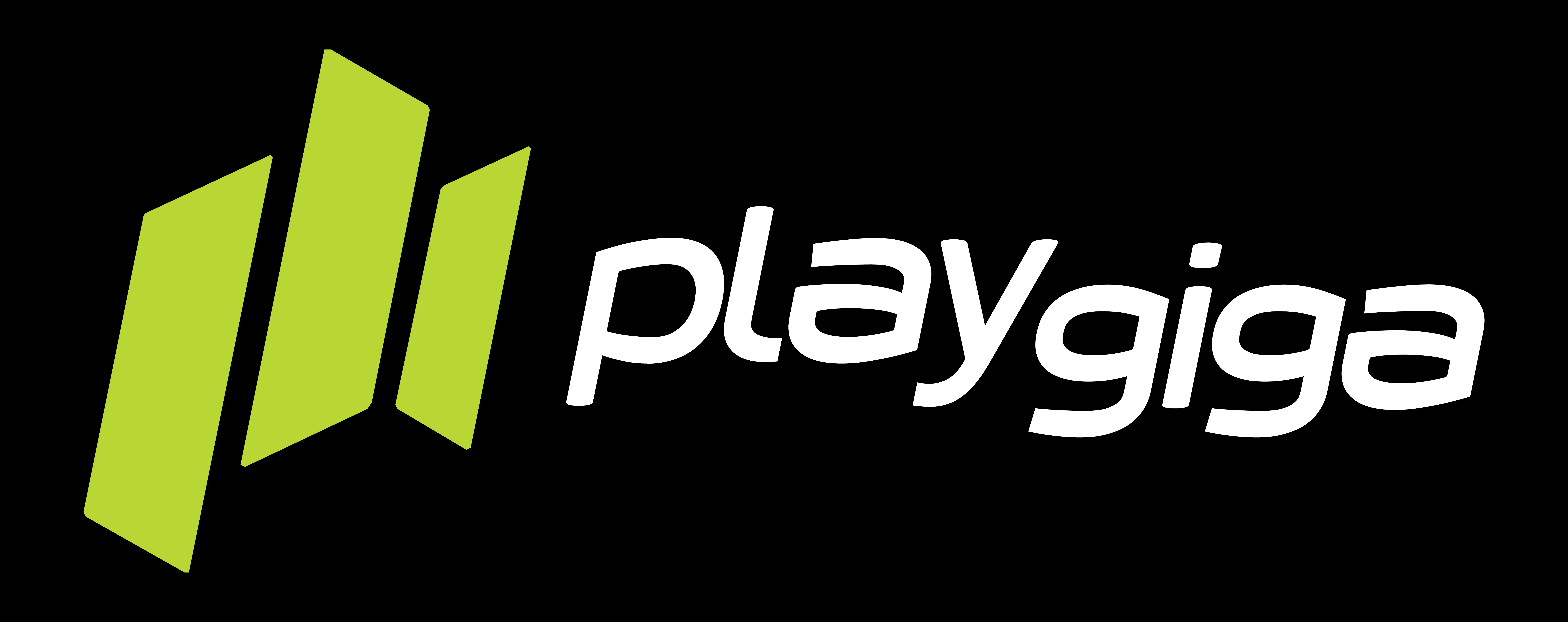
PlayGiga
While Spanish start-up PlayGiga targets its service toward telcos, publishers, media companies, and retailers—not direct consumers—the focus is on cloud gaming as well, with access to 300+ games. That makes PlayGiga the only company currently taking a B2B approach with its cloud gaming service.
With its proprietary technology, the company claims to have created a “cost-effective cloud gaming solution with excellent user experience, latency reduced to less than 30ms.” PlayGiga is also in partnership with Intel to offer an alternative to legacy graphics cards based on 9th gen Intel Core i7 processors with Radeon RX Vega M graphics.
Back in March 2018, the company announced plans for further launches in Europe, the US, and Asia by the end of 2018, and did successfully launch PlayGiga in the US market near the end of last year. PlayGiga was also available to demo at CES back in January.
Is cloud gaming worth it?
For most direct company to consumer cloud gaming platforms, the monthly cost can be anywhere from $10 to $30 a month. Compared to the cost of a gaming PC, that's paying about $20 a month for anywhere from three to six years. If you have the funds to build your own rig, your PC will most likely have an equivalent or better graphics card than these services and better performance overall. If your graphics card is a GTX 1070 or lower, then it might be worth trying out one of these cloud gaming services while you save for a nice RTX card—at least until these companies upgrade their hardware to include the newest GPUs.
The type of subscription could also force some users to spend more money than they normally would on a single game. For instance, if Nvidia ends up charging by the hour for GeForce Now, sinking 100+ hours into a game like Skyrim will cost you more than what the game sells for on Steam, which is currently $20. (The special edition is $40.) Same with games like Overwatch and PUBG.
Lastly, latency is still one major barrier to making cloud gaming akin to playing on a high-end rig, so don't expect flawless gaming 100 percent of the time. But, while I don't see cloud gaming changing the cultural landscape of PC gaming any time soon, it could be a useful service for anyone without gaming desktop or laptop, or super casual gamers. PC gaming enthusiasts will be a harder sell.


